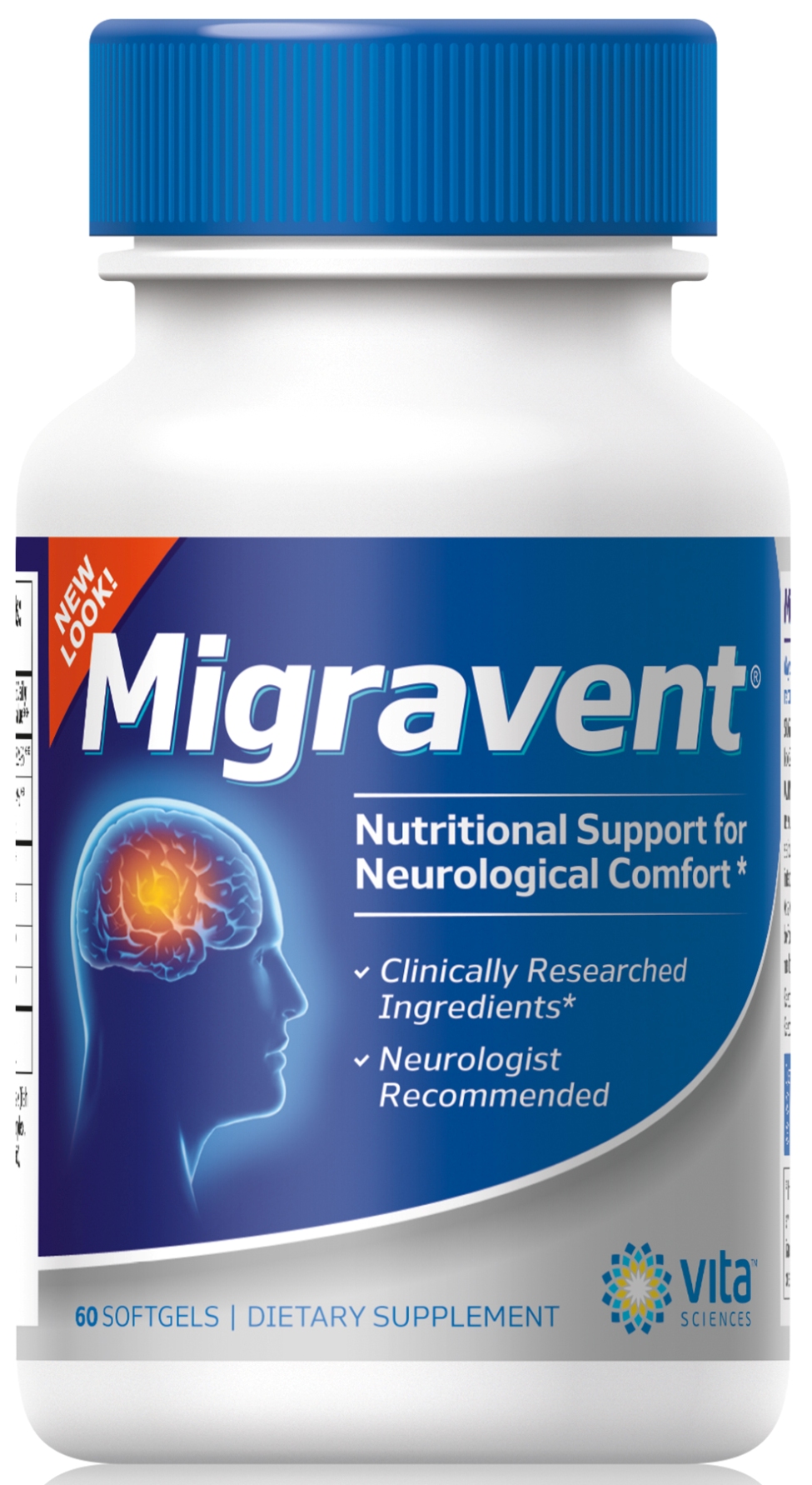Migraines and depression often go hand in hand, creating a vicious circle of pain, exhaustion, and despair. How can you tell the difference between depression caused by chronic migraines, female-related depression, and clinical depression? Here are 9 points on depression in women with migraines.
Myth #1: Women are more susceptible to migraines and depression.
True. For every male migraineur, there are three women suffering from migraine headaches on a regular basis.
To add insult to injury, women are also more likely to suffer from severe depression than their male peers are. While only one out of eight men ever becomes clinically depressed, 25% of all women will experience deep depression at least once in their lives, according to the National Institutes of Health.
Women get the Lion’s Share of Migraines and Chronic Pain
Myth #2: Stress causes migraines and depression in women.
True. Many health experts believe that stress and depression occur in the same part of the brain. Particularly in women, who are less likely than are men to release pent-up anger, long-term stress and trauma often result in constant depression.
And while stress doesn’t actually “cause migraines,” it does make them more likely to occur; stress, along with other migraine triggers, creates an environment in the brain that is conducive for chronic migraines. That’s why migraine prevention requires being able to determine what factors trigger migraines, and finding ways to eliminate or reduce them.
Can Anxiety Attacks cause Migraines?
Myth #3: You can cure depression- and migraines- by learning how to reduce stress and think positively.
False. Clinical depression and migraines are both illnesses that are caused by brain chemistry. While thinking positively and learning how to relax are excellent ways to lift your mood and improve your response to migraine or depression medications, stress reduction alone cannot cure you of a neurological or mental illness.
Myth #4: It’s normal to be depressed for weeks, sometimes months.
False. It’s normal to be sad for long periods after suffering a trauma or a loss, but sadness that lingers longer than several weeks requires psychiatric help.
Myth #5: To treat depression, you must take antidepressants.
False. Not all periods of depression are “clinical depression,” so not all symptoms indicate an imbalance in brain chemistry requiring antidepressants.
Some underlying factors may cause depression, including:
- PMS
- Multiple sclerosis
- Vitamin deficiency
- Rheumatoid arthritis
- Hypothyroidism
- Medications like birth control or hypertension treatments
- Insomnia
- Drug or alcohol abuse
Myth #6: “Baby blues” only occur after giving birth.
False. We’ve all heard of postpartum depression, but very little mention is made of its cousin, antenatal depression, which occurs during a pregnancy. Fluctuating hormones cause depression in 10% of all pregnancies.
Ironically, migraine attacks often slow down or cease for many pregnant migraine patients.
Myth #7: Some antidepressants and migraine medications are safe to take during pregnancy.
True. If you suffer from migraines or depression, don’t let that stop you from family planning. Ask your doctor about many conventional treatments for migraines and depression, including:
- Zoloft
- Prozac
- Celexa
Popular natural ingredients that promote a positive mind and mood:
- Magnesium
- Riboflavin
- Coenzyme Q10
- PA-free butterbur
Myth #8: Symptoms of migraines and depression may vary.
True. Between male and female sufferers of both depression and migraines, symptoms may differ from patient to patient.
Depression symptoms include:
- Deep sadness
- Fatigue
- Feelings of despair, shame, or guilt
- Irritability
- Indifference
- Mood swings
- Obsession with suicidal thoughts
Suicide Rate in Migraine Patients- Some Surprising Statistics
Migraines may occur with or without aura, or even without headache. Symptoms of migraines include:
- Pounding pervasive headache
- Headaches that last for days
- Sharp pain behind the eyes
- Sensitivity to bright lights, loud noise, scents, and bold black/white patterns
- Nausea
- Diarrhea
- Vomiting
- Fatigue
- Dizziness
- Bizarre visual disturbances (lights, colorful zigzags)
- Temporary partial blindness
- Temporary partial paralysis
- Sudden speech difficulties
- Loss of spatial awareness
Myth #9: Natural ingredients for migraines and depression are ineffective and unsafe.
True and false. Don’t believe that all herbs and homeopathic treatments are safe just because they’re natural. Homeopathic, herbal, and nutritional supplements can provide powerful health benefits, but it’s important to use them with care.
- Always consult in your physician before starting any new natural herbal ingredient for migraines.
- Seek quality products that are free of chemicals like pyrrolizidine alkaloids (PAs) or pesticides.
- Leading neurologists advocate the health benefits of natural ingredients; they include butterbur, riboflavin, coenzyme Q10, and magnesium.
Please tell us…
What tactics, including natural and conventional, do you currently use for migraines and/or depression?
Do you have any questions or suggestions? Please leave your comments below.
Share with your friends!
If you found this article helpful, then please share with your friends, family, and coworkers by email, Facebook, or Google+.
Read more about migraines and depression
Chronic Migraines- Weathering the Emotional Storm
Migraines Make Women Depressed- It’s Confirmed
Images:
IAN HOOTON/SCIENCE PHOTO LIBRARY, LEON HARRIS/SCIENCE PHOTO LIBRARY, ZERO CREATIVES/SCIENCE PHOTO LIBRARY






